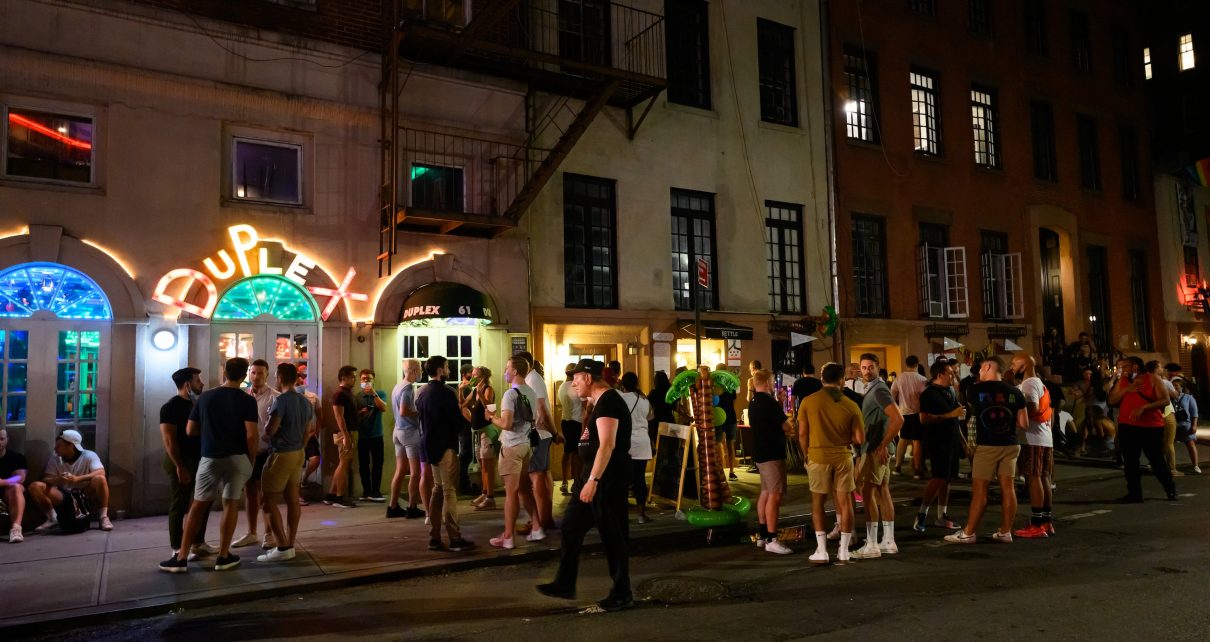The items below are highlights from the free newsletter “Smart, useful, science stuff about COVID-19.” To receive newsletter issues daily in your inbox, sign up here. Please consider a monthly contribution to support this newsletter.
News this week included word that a Pfizer/BioNTech vaccine candidate to protect against the new coronavirus is showing positive progress in small sample-size, human testing for safety and effectiveness (phase I and phase II). It’s worth noting that a scientific report on these results, posted online 7/1/20, has not been formally published and reviewed by experts for flaws. For vaccine news, one item I’m paying more attention to today is a 6/19/20 report by Ryan Cross at Chemical & Engineering News, which states that efforts to develop a vaccine to protect against SARS-CoV-2 are progressing faster than expected. “Vaccines for COVID-19 are likely to first be available through [Emergency Use Authorization, or EUA],” Cross writes, which means that certain groups of people could be vaccinated before a vaccine is formally approved by the U.S. Food and Drug Administration. In a recent episode of his podcast “In the Bubble,” health policy leader Andy Slavitt said he has heard rumors that such an EUA move could occur in October.
This 6/30/20 story by Carl Zimmer in The New York Times explores early insights into why “most infected people don’t pass on the coronavirus to someone else. But a small number pass it on to many others in so-called superspreading events.” A University of California, Los Angeles, disease ecologist and an Emory University epidemiologist agree that “circumstances” and events (such as a bar full of people) drive superspreading, not individual biology, the story states. Other SARS-CoV-2 case clusters have occurred in health care facilities, nursing homes, day care centers, restaurants, workplaces and live concerts, according to a recent report published by the U.S. Centers for Disease Control that is noted in the story. “It may be possible to avoid crippling, across-the-board lockdowns by targeting the superspreading events,” Zimmer writes.
Leah Douglas at FERN (Food & Environment Reporting Network) reported on 7/2/20 that at least 30,623 U.S. meatpacking workers, 3,316 food processing workers (making “frozen dinners, baked goods, and dairy products”), and 3,619 farmworkers have tested positive for SARS-CoV-2 and at least 113 meatpacking workers, 13 food processing workers and 2 farmworkers have died of COVID-19. The spread of the virus is not slowing among workers in the food industry, Douglas reported separately on 6/22/20. Zoom in on a map on this page, which reportedly is updated every weekday, for details about facilities and farms where you live.
Two new studies in the New England Journal of Medicine (NEJM) detail nearly 300 cases of the post-COVID-19 multisystem inflammatory syndrome in children, writes Helen Branswell at STAT (6/29/20). One study reported that four children with the condition died and some 80 percent of the children with the condition were treated in an intensive care unit; the second study reported two deaths in children with the syndrome, Branswell writes. An NEJM editorial written by an infectious diseases researcher at Imperial College London expresses concern that the inflammatory condition is far more common than reports indicate, the story suggests.
A 6/27/20 story by Sam Knight at The New Yorker profiles Richard Horton, editor of The Lancet since 1995. The UK-based Lancet is one of the most respected medical journals in the world. “In a manner that is unusual for the editor of a scientific journal, Horton has leaped into the politics of the pandemic,” Knight writes.
Most readers here probably know that while it’s wise, recommended, and often mandated to wear a cloth face mask in public due to the SARS-CoV-2 pandemic, the science behind these recommendations and regulations is a little confusing and shaky. For more detail, I recently listened closely to a 6/3/20 episode of a podcast (a transcript also available on the same page) published by the Center for Infectious Disease Research and Policy (CIDRAP) at the University of Minnesota. In it, CIDRAP Director Michael Osterholm emphasizes how little relevant research exists to support claims that cloth masks, which fit loosely and always allow some leakage at their perimeter, protect the general public from a virus such as SARS-CoV-2 that is now thought to spread primarily by small particles that float in the air. My main takeaway from all this is to adhere, especially indoors, to distancing at least six feet from others when in public and not to let mask-wearing lull me into a false sense of security. Quoting from an April 2020 report put out by a U.S. National Academy of Sciences, Engineering, and Medicine committee on which he served, Osterholm said in the podcast: “There are no studies of individuals wearing homemade fabric masks in the course of their typical activities, therefore we have only limited and indirect evidence regarding the effectiveness of such masks protecting others when made or worn by the general public on a regular basis.” He adds that cloth masks “may provide some benefit in reducing the risk of virus transmission, but at best it can only be anticipated to be limited. Distancing remains the most important risk reduction action [the general public] can take.”
I’ve recently noticed a couple pieces that home in on the potential role of “T cell immunity” in recovery from SARS-CoV-2 infections. First: This 6/25/20 essay in The Guardian by viral immunologist Zania Stamataki at the University of Birmingham, UK, outlines the fundamentals of “what antibodies reveal about our immune response to COVID-19, and how protective immunity works.” In short, she explains that antibodies aren’t the whole story of our immune response. And that’s good to remember given a recent, small study suggesting that antibodies to SARS-CoV-2 might not last more than a couple months, at least in people who never develop symptoms. Stamataki’s essay gets very useful to me around the 7th paragraph, where it starts to sketch the “two major types” of immune cells that can remember an infection, such that our bodies can call on them to protect us against reinfection. These are B cells, which produce antibodies, and T-cells, which “may be sufficient to control infection in the absence of antibodies.” More intriguing material comes when Stamataki notes a finding, posted online 6/22/20 and not formally assessed yet for flaws, that some people exposed to the virus made T cells in response to it but did not make detectable antibodies. In sum, the essay states that “immunological memory is possible.” Stamataki also writes that “T cells’ memory of SARS-CoV-2 may last longer than antibodies, as is the case with other coronaviruses.” So, there’s nothing firm here beyond immune system basics, but I found it intriguing.



